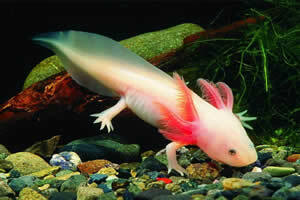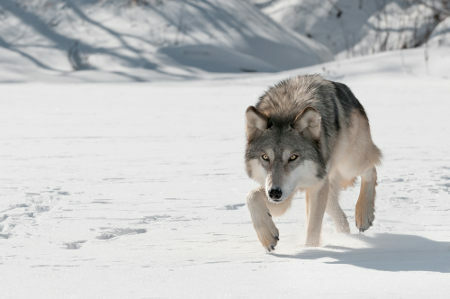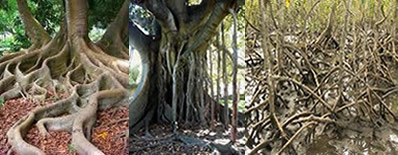Salamanders are animals very similar to lizards, as they have four legs, a tail and an elongated body. Despite these similarities, they are not animals of the same group. For starters, geckos are reptiles and the salamanders, amphibians.
Other differences are:
- Geckos have scales. Salamanders, no.
- Salamanders have moist skin. No geckos.
- Geckos have nails. Salamanders, no.
- Salamanders move through lateral undulations, similar to the locomotion of snakes. The geckos are not.
- Salamanders have proportionally shorter legs than lizards.
- There are more than five species of lizards in Brazil.
- There is only one species of salamander in Brazil, with a scientific name Bolitoglossa paraensis (the one in the first image of this text). It is found only in the Amazon. More specifically, we usually find it among the remains of fallen leaves at tree bifurcations. It feeds on small invertebrates, usually at night.
Other features of salamanders include:
- Aquatic species do not have eyelids and terrestrial species do.
- Some species, such as the axolotl, typical of Mexico, do not complete the metamorphosis, but are capable of reproducing. Such phenomenon is called neotenia.

Axolotl: a very different salamander.
- Another curiosity is that the axolotl is also capable of regenerating any part of the legs, in case it loses a piece or the entire limb.
By Mariana Araguaia
Biologist, specialist in Environmental Education
Kids School Team



